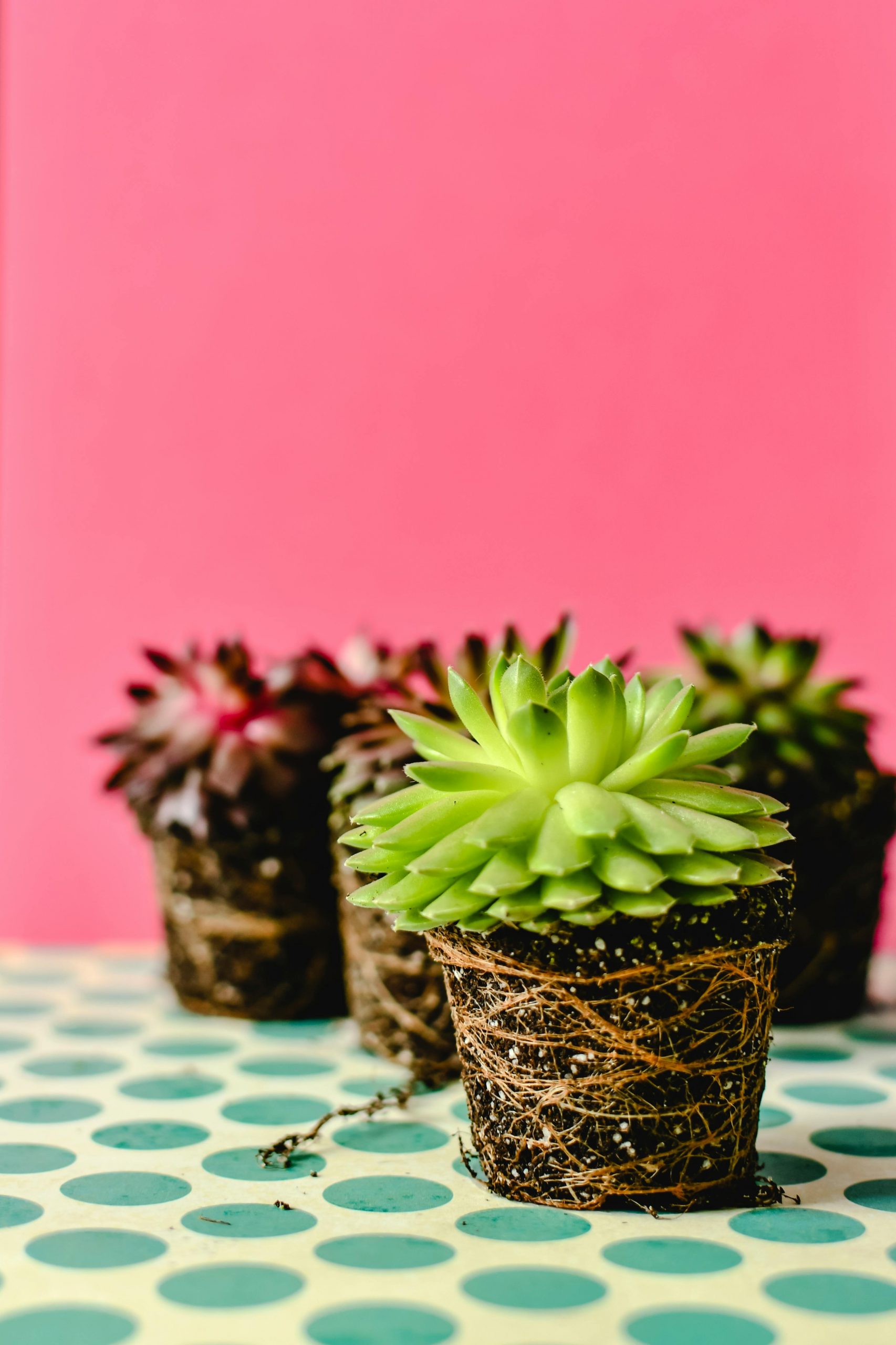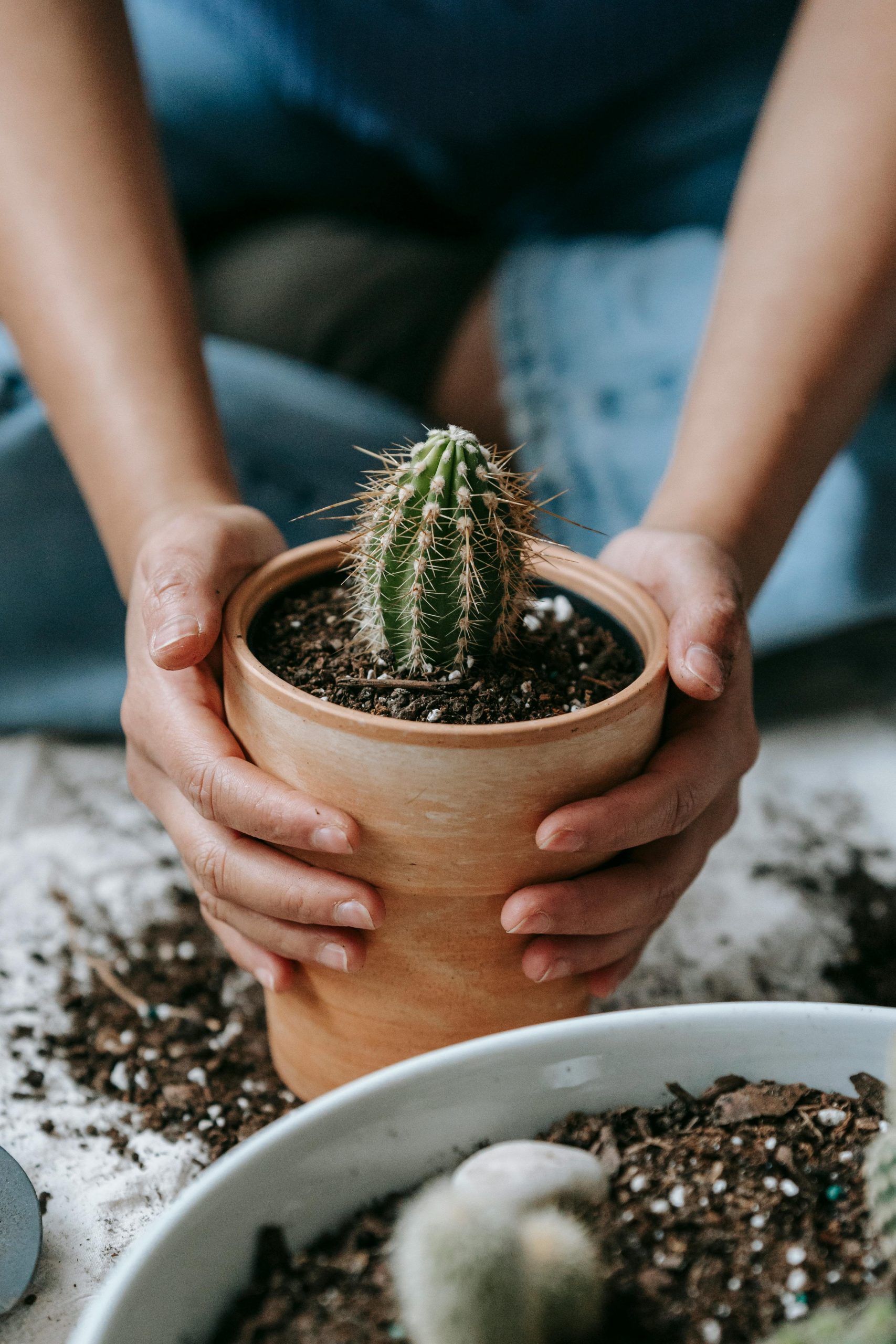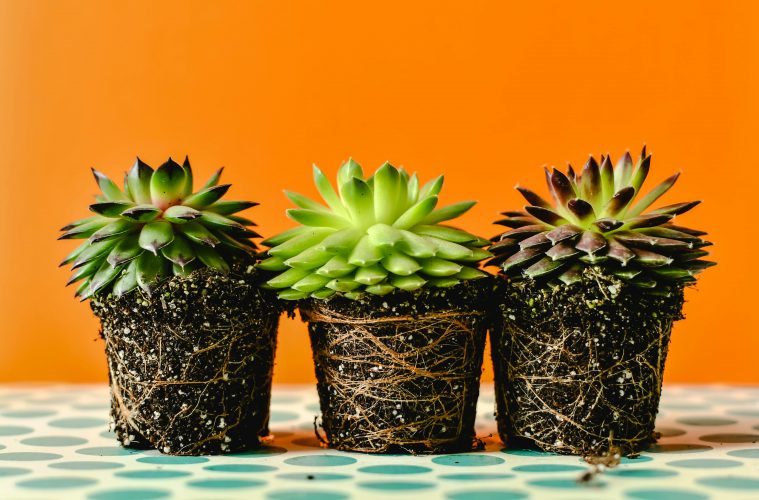Cactus root rot is a common problem that can affect your well-tended cactus plants. Root rot in cactus is easily distinguishable. When your cactus becomes soft, mushy, or starts to smell, this is a sign of root rot. You need to identify the causes of root rot and prevent it in the future. Catching it early is essential for saving your plant.
Understanding cactus root rot
When your cactus plants turn rotten at the bottom, it is undergoing different stresses than one. These stresses may cause softening in the stems or pads of the plant. When your plant experiences root rot, it is a bit harder to detect before serious damage occurs.
The issue lies below the surface of the soil, making it difficult to detect. Over time, root rot will eventually become visible on the plant’s surface. At this point, it’s important to thoroughly examine the cactus for any fungal problems. If you’re committed to addressing the fungal issues affecting your plant, you may be curious about what’s causing them.

Image Credit: Pexels
Causes of cactus root rot
Root rot in cacti typically arises from overwatering, resulting in overly moist conditions that the plant is not accustomed to. This moisture then promotes the growth of harmful fungi and other pathogens. Any overwatering experienced by the cacti will result in root rot. Using pots that lack drainage holes will worsen the situation by trapping water, increasing the likelihood of rot. If the soil retains excess moisture, it can foster rot, endangering your cactus.
How to prevent root rot
Cactus root rot can be avoided with a few careful measures. Such as:
- Appropriate watering techniques: Properly watering your plants is essential for preventing root rot. It’s important to avoid watering your cactus only when the soil is dry. Overwatering is the main cause of root rot. Experienced gardeners recommend that it is better to underwater your cactus than to overwater it.
- Soil and drainage essentials: The right soil is vital for keeping any plants healthy, and cacti are no different. Cacti require well-draining soil to prevent excess water retention. Avoid regular garden soil that holds water for too long.
- The correct pot selection: Choosing the right pot for your plant significantly impacts the health and growth of your cacti. Opt for a pot with drainage holes at the bottom, allowing excess water to escape. This prevents water from accumulating and causing root rot.

Image Credit: Pexels
ALSO SEE: DISCOVER UNIQUE CACTUS TYPES-FROM DESERT GIANTS TO MINI SUCCULENTS
Discover unique cactus types – from desert giants to mini succulents
Feature Image: Pexels

